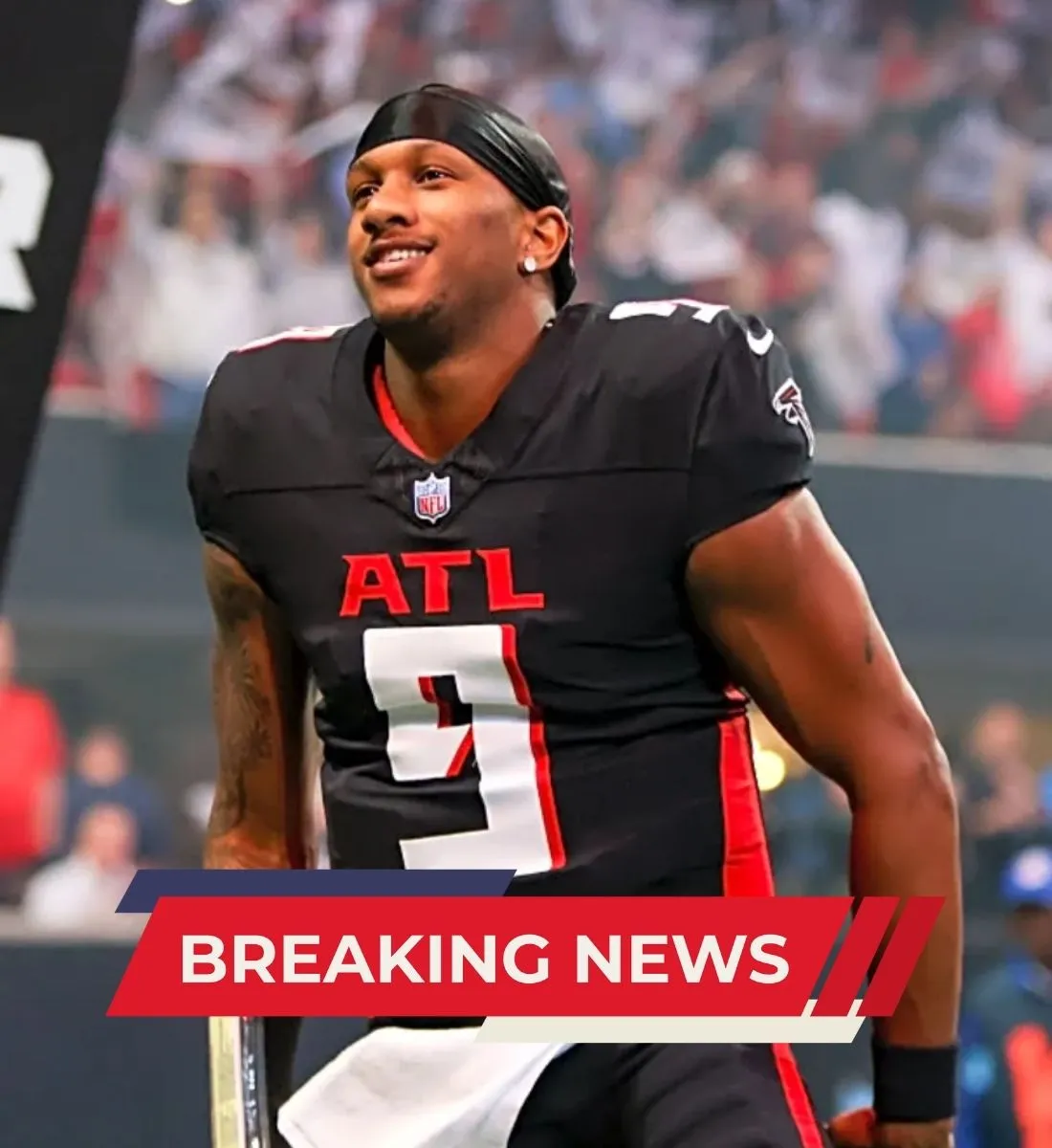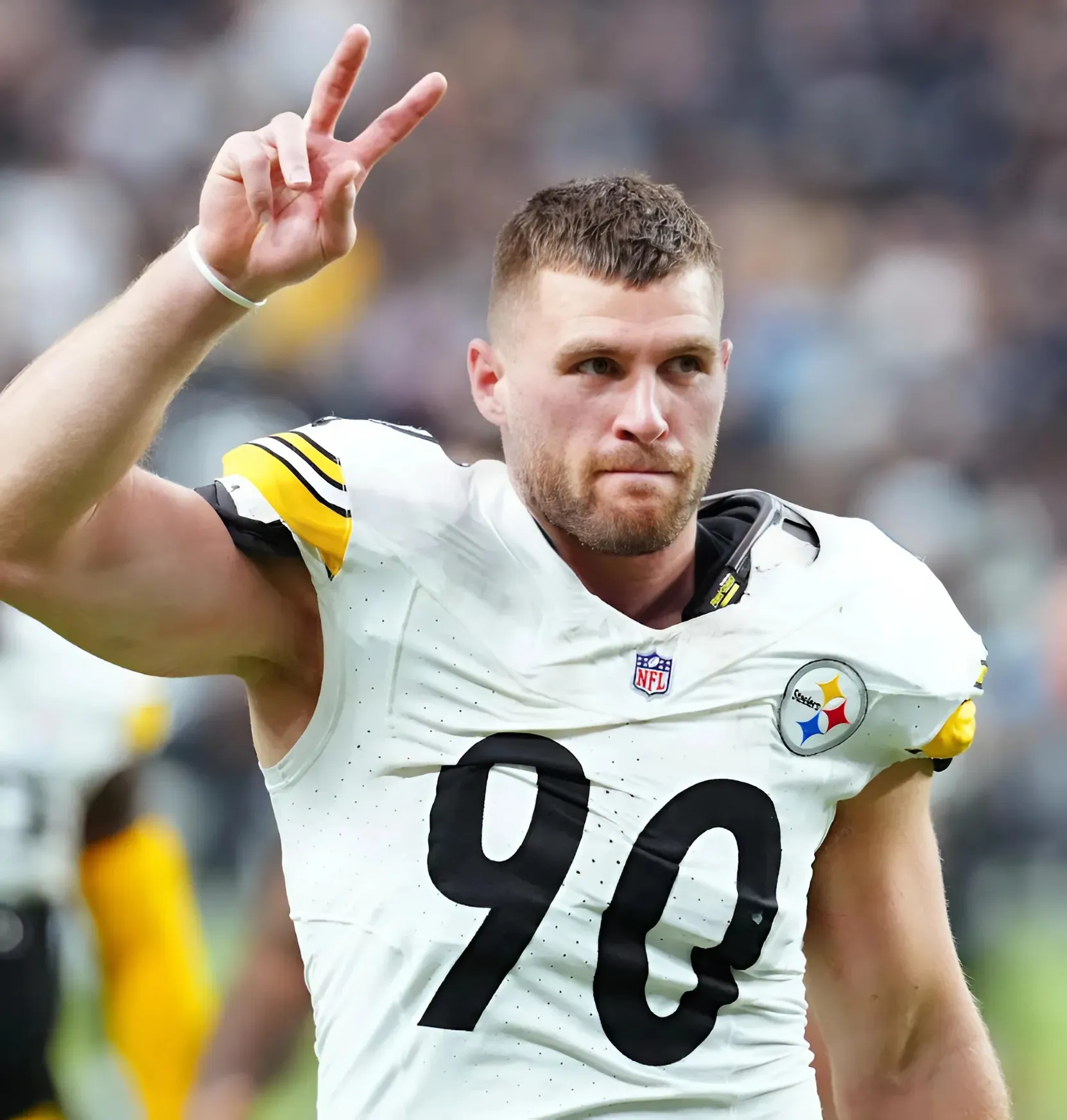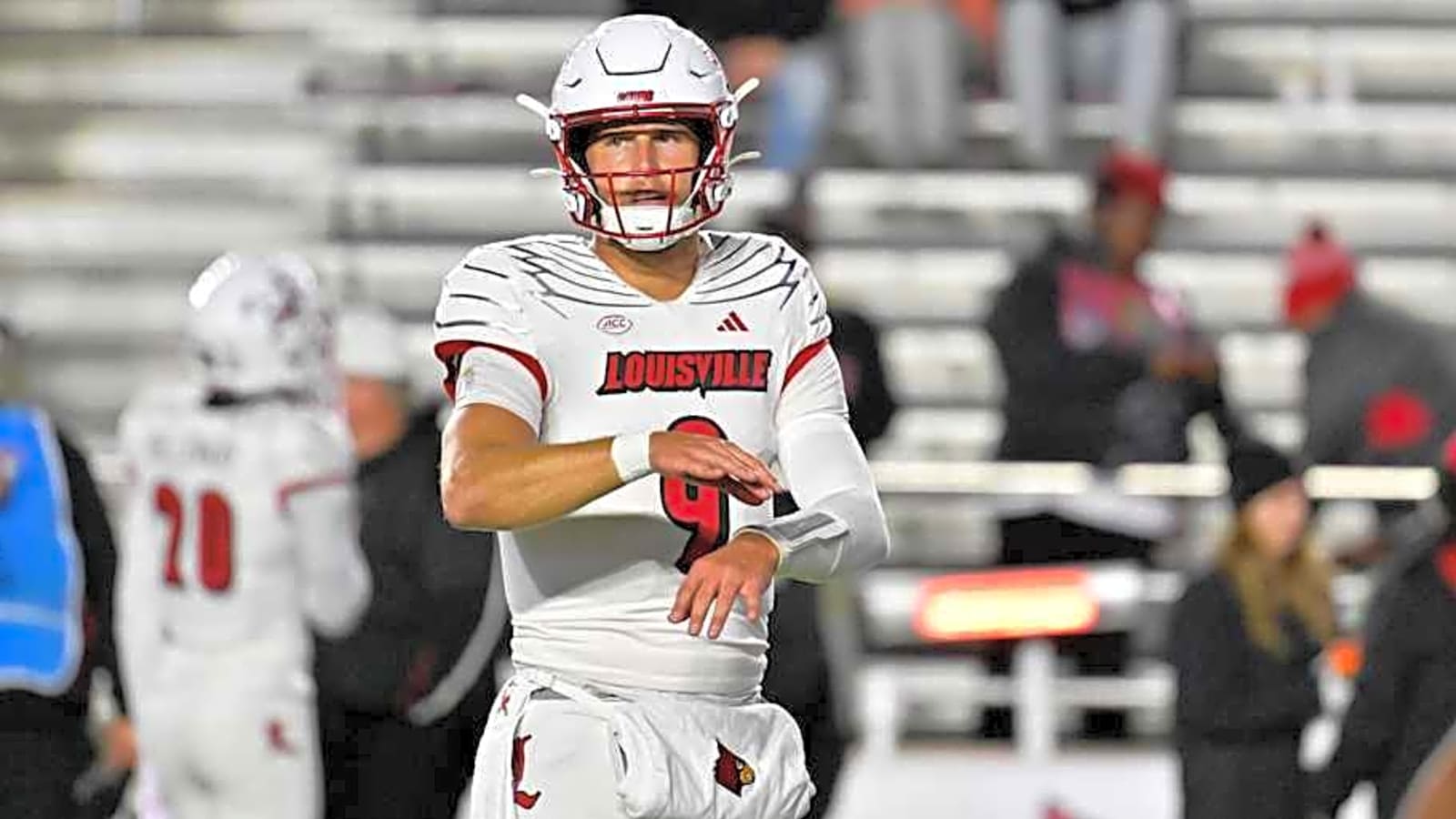During a predraft discussion, Bears GM Ryan Poles was asked about possibly moving Darnell Wright from right tackle to left tackle because of Braxton Jones' injury.
He was not answering that willingly or accurately then because he doesn't need to do it until at least training camp.
"If he had to play left, I think he could play left," Poles said.
When he was all too willing to come forth with it being a possibility, it smacked of being a bit unrealistic, even insincere, and besides, it was lying season. It was just a few days before the draft when truth is difficult to discern.

Now it looks like more of a possibility, although definitely not a probability.
Bears coaches and general managers have said this sort of thing about tackle candidates for decades, as if it's a natural thing. Just flip them. No problem.
It's not easy. Once a player has played somewhere for a while in the NFL, moving their position becomes a real ordeal. It's done mainly if there is a catastrophe with an injury elsewhere on the team.
The Chiefs did it in their run to the Super Bowl last year, moving Joe Thuney from guard to tackle because they weren't getting production at left tackle. He's special and it didn't work out in the Super Bowl.
The Bears haven't really done this for any length of time with starting tackles in 14 years. When Matt Nagy tried moving former backup Elijah Wilkinson from one side to the other, Wilkinson complained about how difficult it was. Former right tackle Bobby Massie used to talk about how difficult such a move is for either tackle.
The last time the Bears actually took a tackle who had been a starter on one side of the line and moved him to the other side to be starter for a serious length of time was in 2011 when starting right tackle J'Marcus Webb moved over to the other side of the line and became their left tackle starter for two seasons. Webb started at right tackle in the 2010 season when they made the NFC Championship Game, with Frank Omiyale starting at left tackle. The next year with Omiyale gone, they started seventh-round rookie Lance Louis at right tackle. Two years after Webb switched sides, they cut him. So it didn't work then, either.
Sure, they moved both Larry Borom and Teven Jenkins after drafting them, but Borom was really a swing tackle and not a starter. When they moved Jenkins, he wound up as a guard because he couldn't adequately play left or right tackle. He could barely stay on the field at guard let alone tackle.
The Bears drafted Ozzy Trapilo, though, and he is a tackle. When you take him in the second round like they did, he's not expected to be a backup for long, if at all.
The issue here is Trapilo played right tackle in college, just like Wright. Both played some at left tackle but mostly played right side.
Moving Wright might seem like more of a possibility because Ben Johnson is the head coach and Penei Sewell switched sides with the Lions like that, but this switch happened before Johnson took over as offensive coordinator and Sewell played left side as a rookie only because of an injury starter Taylor Decker.
Here's why it makes more sense to keep Wright on the right side and try Trapilo on the left.
1. Playing Style
Wright is a mauler. Trapilo is a smooth operator.
“The consistency and the dependability," were the two words used by player personnel director Trey Koziol when he described Trapilo's strengths. "Just play in, play out, game in, game out.
"We talk about smart, tough and dependable, and I think he embodies all those three things. For a big man who moves well, he's a very smart football player. He is very technically sound. I think the dependability piece, especially in the offensive line room can't be overrated."
The scouting reports laud his ability to mirror the pass rushers and move his feet. These are qualities for a left tackle whose job is protecting the right-handed QB’s blind side.
The mauler is usually a right tackle because many teams tend to run more to the right side and the right tackle is usually the better run blocker. This is a strength of Wright's.
Right tackles are big and physical, like Sewell is for Detroit. In fact, Johnson has likened Wright to Sewell when he talked about him.
2. Body type
While neither player has particularly long arms for the position – 33 1/2 inches for Trapilo and 33 3/4 for Wright – both are adequate to play there. It's below 33 inches when players really can be challenged.
The big advantages physically Trapilo has are he is much taller and he has hands that are 10 3/8 inches while Wright's are only 9 inches. It's easier for Trapilo to get his hands on the pass rusher with his better style and hand size.
Also, Trapilo is taller at 6-8 by 3 inches and can more easily engulf a pass rusher coming off the edge on the blind side with his bigger frame.
3. The competition
They aren't the only left tackle candidates because Kiran Amegadjie plays left tackle and has longer arms than both at 36-1/8 inches.
Amegadjie essentially is a rookie, like Trapilo, because he had no offseason or training camp last year and got in on 125 offensive plays, almost all without being able to practice with the first team at his position prior to the game.
So why not put the two inexperienced Day 2 tackles at the same left tackle position and just let them practice there and get as many reps as possible in the offseason until Jones is ready?
4. Temporary
Going into a panic and running around changing the position of your best offensive lineman from last season isn't exactly intelligent when this is hardly permanent.
Jones' return might not occur until the start of training camp, but it will happen. He fractured his left fibula near the ankle and not the tibia. No ligament damage was reported.
"That's going to be a little bit of a process for his recovery but if nothing changed, I would see Braxton being our left tackle at the moment," offensive line coach Dan Roushar said.
This isn't a case like Kyle Long had with his ankle injury that involved a great deal more. Recovery should be a fairly straight-forward thing for Jones. This generally takes about four months for a normal person and Jones had his cast taken off in March, about four months after the injury.
For someone who is playing football professionally, it requires additional rehab time to strengthen it.
The need is there for someone else to take reps at left tackle in the offseason but it's a long time from the middle of June, when OTAs/minicamp end, until the start of training camp at the end of July. It's a long time to strengthen the ankle from the end of March until the end of July, in fact.
If Jones isn't ready by then, something really is wrong but by then they would have had an entire offseason getting the two young left tackles ready.
Also, a popular social media notion that this is a disaster waiting to happen by letting Jones play after he had no offseason as he rehabbed his injury after it was a disaster for Amegadjie last year with a similar situation is utterly idiotic.
Jones has started in the NFL three years and knows what it’s all about. He should have no problem getting up to speed. Amegadjie was a rookie without any practices coming to pro ball from an FCS school.
5. The age-old proven theory
It makes no sense to weaken your team at two positions while trying to strengthen one.
Moving Wright puts him at left tackle and he hasn't played there since 2021 at Tennessee. He hasn't played it in the NFL at all, which is also huge. It’s only going to weaken the line by putting him at left tackle and leaving right tackle to a rookie.
Using Trapilo at right tackle does make some sense because he played there in college his last two years but he hasn't played a down in the NFL and that's a drastic change regardless of the side of the line.
Amegadjie, at least, has an inkling about facing the competition in the NFL on the left side.
So if Wright moves, you've weakened right tackle by removing your best lineman so he can play an unfamiliar position and you’re still going to be weaker on the right side because Trapilo has never faced NFL competition.
None of this makes much sense. Just wait for Jones and keep Wright on the right side.



